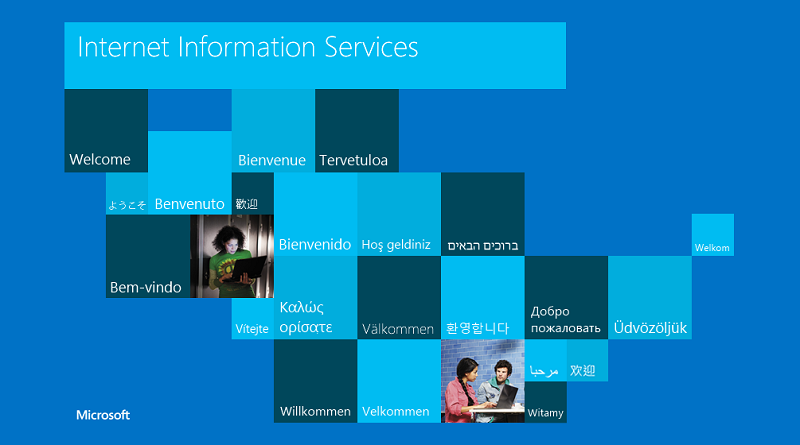The program w3wp.exe, with the assigned process ID, could not authenticate locally by using the target name HTTP/WEBSITENAME.
You may face this error when you are running your development environment on virtual server where you have also configured alternate access URL-s.The full message is something like this: “The program w3wp.exe, with the assigned process ID, could not authenticate locally by using the target name HTTP/WEBSITENAME. The target name used is not valid. A target name should refer to one of the local computer names, for example, the DNS host name. Try a different target name.”
Read more







